Riding Buses in the Azuero Peninsula
Local buses prove an interesting, effective and inexpensive way to travel in rural Panama
Car rentals are readily available in Panama and many tourists chose to travel the country in rented vehicles. For our month-long stay in rural Panama my husband and I opted not to drive and instead relied on local transportation. We didn’t need a car on a daily basis because we could easily walk anywhere within the small town of Pedasi, where we stayed. That was part of the reason for choosing that location. Cabs were available for short rides to beaches. When we explored other areas of the peninsula we relied on public buses. Beyond being a means of getting to a destination, the buses were an experience in themselves.
Our first bus experience was getting to Pedasi. It was a four and a half hour bus ride from Panama City to Las Tablas. That bus was fairly large, modern and air-conditioned. Brightly coloured curtains covered the windows to provide shade from the sun. I opened mine to watch the scenery. Shortly after we left Albrook Station in Panama City, the conductor put a USB stick into the flat screen at the front of the bus and began selecting music videos, which played throughout our journey. I’d read the music on these buses can be quite loud, but the volume in this case was comfortable. We enjoyed the Latin music. The bus made a few brief stops along the way, sometimes in what seemed like the middle of nowhere, to pick someone up or let someone off. At one stop, a young man with a roller suitcase entered. As the bus continued on, he stood in the middle of aisle and pitched the wares in his case, mostly jewelry and wallets. After twenty minutes or so and a few sales, he disembarked. Approximately mid-way between Panama City and Las Tablas, the bus made a rest stop at a station with restroom and cafeteria facilities. (There was no toilet on the bus.) Once in Las Tablas, we could have walked a few blocks to another location and caught a different bus to take us the forty kilometres to Pedasi. Instead we opted to take a taxi. We would have other opportunities to bus between Las Tablas and Pedasi. (The bus from Panama City to Las Tablas cost just under $10 USD each. The cab ride to Pedasi was $21.)
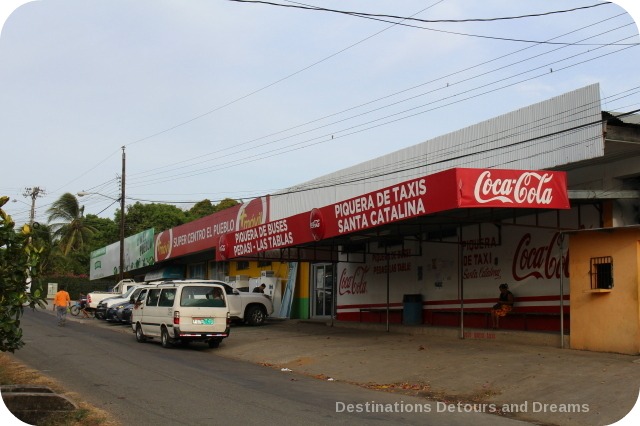
Starting at 6:00 am in the morning, buses ran from Pedasi to Las Tablas every forty-five minutes. However, it seemed to me the schedule was less dependent on exact times than on when the bus filled up. The buses were extended vans seating up to sixteen people. Three or four rows of seating behind the driver, with fold-up seats at one end of all but the back row to allow access to all the rows. Two seats available beside the driver in the front. Air-conditioning provided by open windows. You paid the driver when you get off, fare dependent on how far you travelled. The fare between Pedasi and Las Tablas (approximately forty kilometres) was $2.40 each.
Our first trip to Las Tablas was the morning of the Parade of a Thousand Polleras. There were four Swiss tourists on the bus, but everyone else was local. The bus made a few stops along the way, picking people up or letting them off. People greeted everyone else on the bus as they embarked. It took about forty-five minutes to reach Las Tablas. The return trip later in the day took a little over an hour. We veered off into more villages to let people off. By the time we reached Pedasi, it was dark and we became disoriented as the bus took unexpected turns through the town. We didn’t recognize where we were. We were wiser in subsequent trips.
Our next bus adventure took us to Playa Venao, a lovely beach with a couple of boutique hotels and restaurants. Playa Venao is a stop on the bus route to Cañas. There were two buses running each day between Pedasi and Cañas. A third option was the bus between Las Tablas and Cañas, which ran through Pedasi. We opted to take the first bus from Pedasi to Cañas, which left at 7:00 am. We were told to wait on the main street beside the bank. We arrived at that corner ten minutes early and waited. Men with backpacks waited at the same spot. They confirmed we were in the right spot. The men were all eventually picked up by farm trucks heading to the fields. We continued to wait. At 7:35, I figured we’d somehow missed the passing bus or had misunderstood where to catch it. We decided to walk to a more local beach. We returned to our rental house where I changed into better walking shoes (and picked up the camera I’d forgotten). As we returned to the main street enroute to the beach, we noticed the bus to Cañas parked and picking up a passenger. We yelled at it, ran and managed to get on.
That bus was also an extended van, but it was more beat-up than the bus we’d taken to Las Tablas. The condition of the shocks combined with road conditions made for a rougher ride. And there were more stops along the way as people made their way to and from their daily business. We were the only non-locals. At one point, a man embarked with a fishing rod. Everyone on the bus helped him maneuver it to find space for it. At another stop a young woman handed her baby to another woman who’d gotten on the bus at the prior stop (I think she was the baby’s grandmother), but the woman didn’t board the bus herself. At some stops, people picked up or dropped off parcels. Surprisingly, there always seemed to be room for people, although at one point a young boy wound up sitting on an older man’s lap. There was nothing to indicate the man and boy knew each other. The bus took about 55 minutes and cost a little over $2 each. The bus back to Pedasi later in the afternoon was pretty much on schedule, around 3:30 pm.
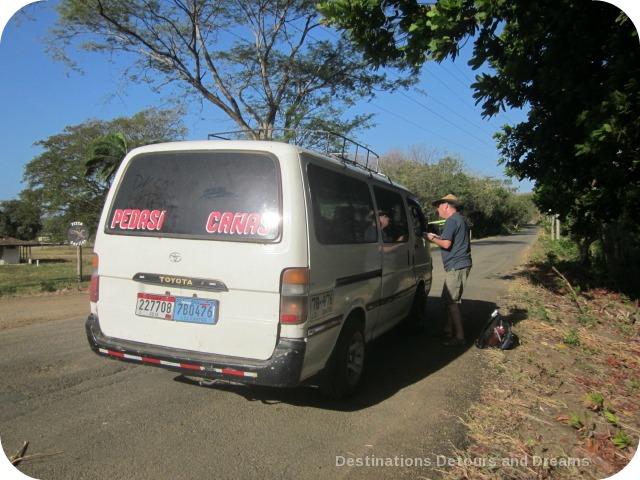
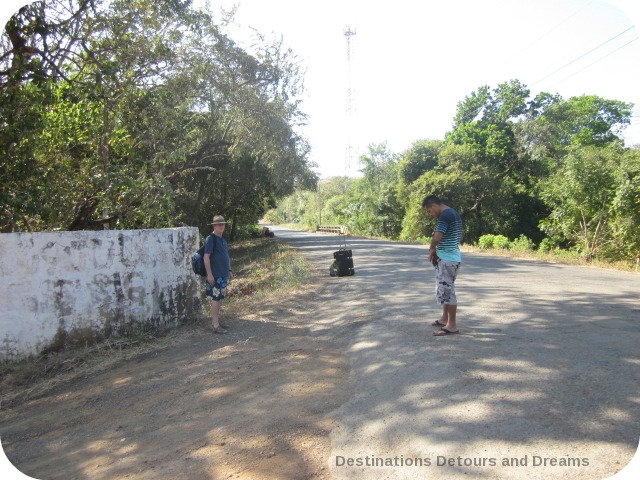
We also bused from Las Tablas to Chitré. That bus was larger and air-conditioned. And we bused from Chitré to Parita and to La Arena. In general, buses were an inexpensive and colourful way to get around. People greeted each as they boarded. We had a couple of short conversations with people, limited by our lack of Spanish. I think I would have found the conversations on the bus interesting if I’d understood them. I would have known what the woman ahead of us on the bus from Las Tablas to Pedasi was upset about. The conversation between her and the two women behind us was anything but private. Although we didn’t have a large amount of space, the rides were mostly comfortable. Except when we wound up in the back row. That row had no leg and knee room. The thought crossed my mind that this experience would make the narrow leg space on the flight back to Canada from Panama City seem spacious. And it did. Another reminder that everything is relative. In our last couple of bus rides we began to recognize people. Two of the Swiss tourists got on the bus at one of the stops back from Playa Venao. On our ride back from La Playita, we recognized the worker who’d been on our bus to and from Playa Venao a couple of weeks prior.
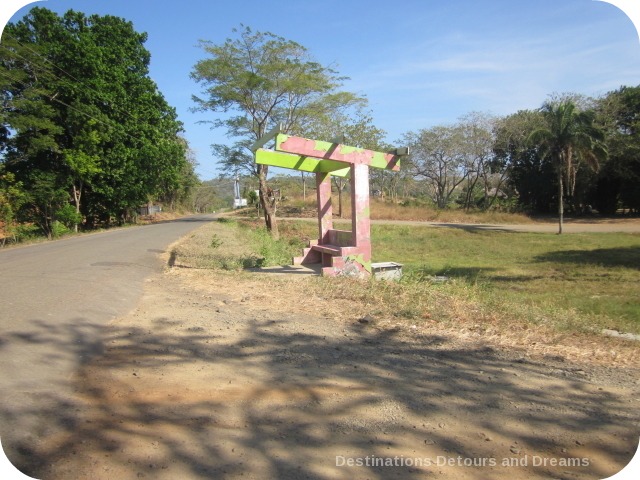
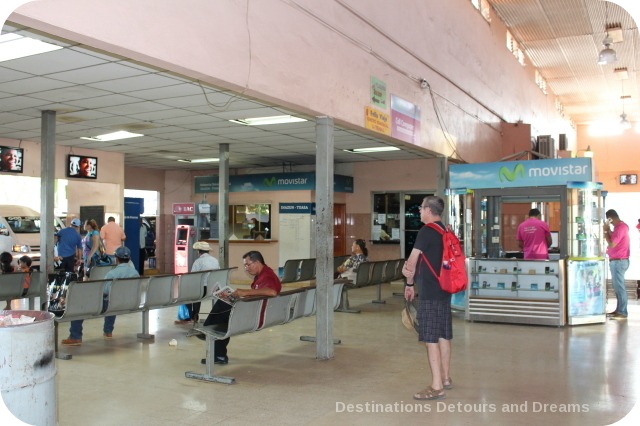
Our last bus ride was on another large modern bus from Chitré to Panama City. This was the day after Carnaval and we waited about an hour in a long line to catch one of the many buses heading to Panama City that day. There was no music on this bus and no stops on this four and a quarter hour journey other than the mid-way rest stop.
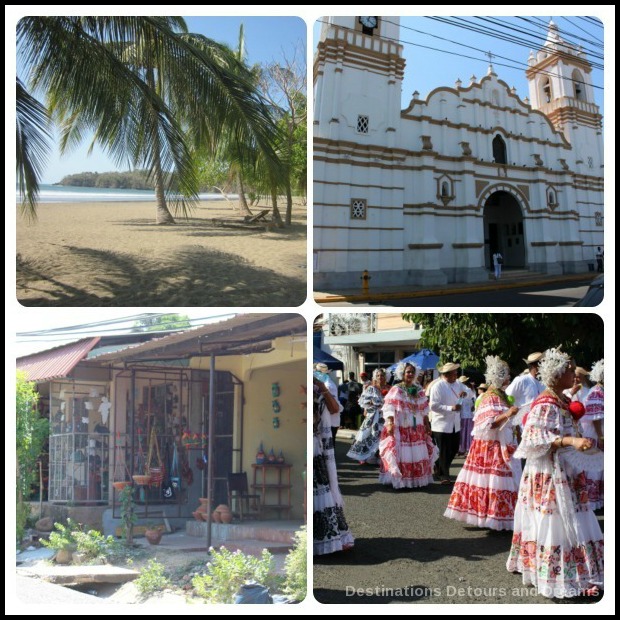

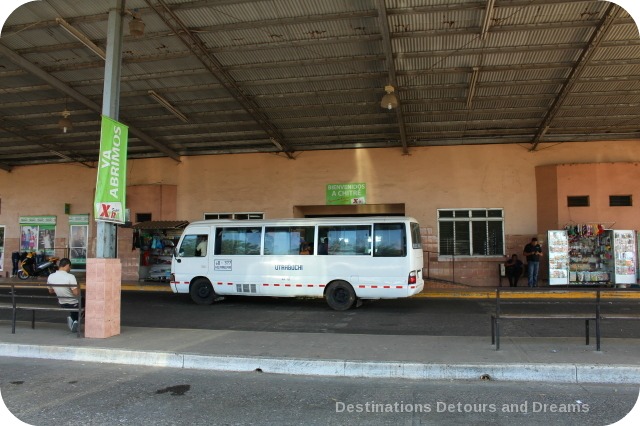
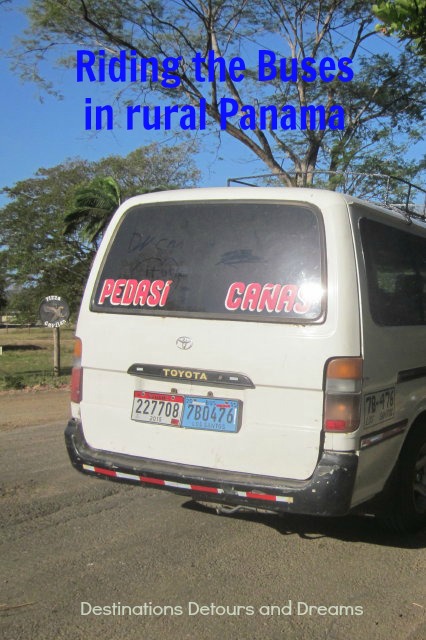
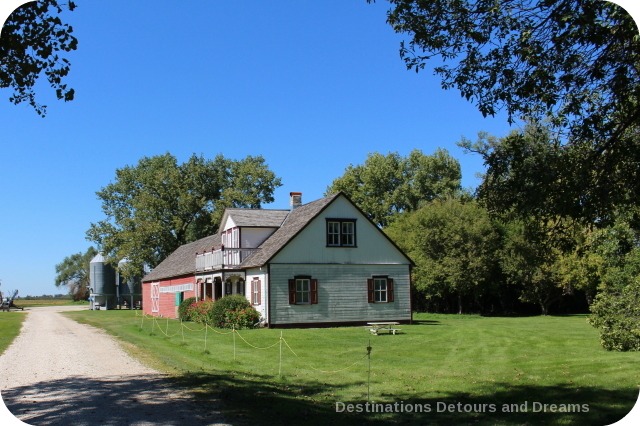
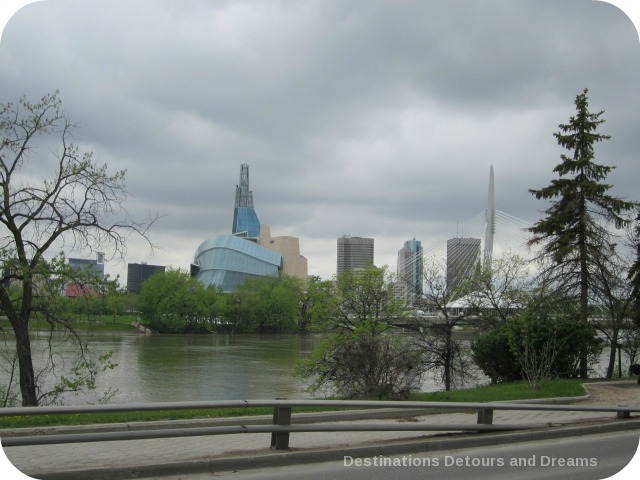
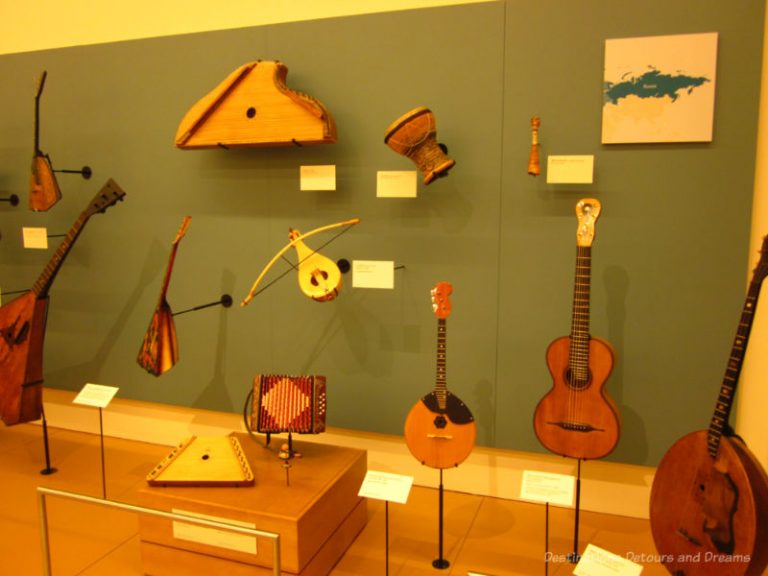
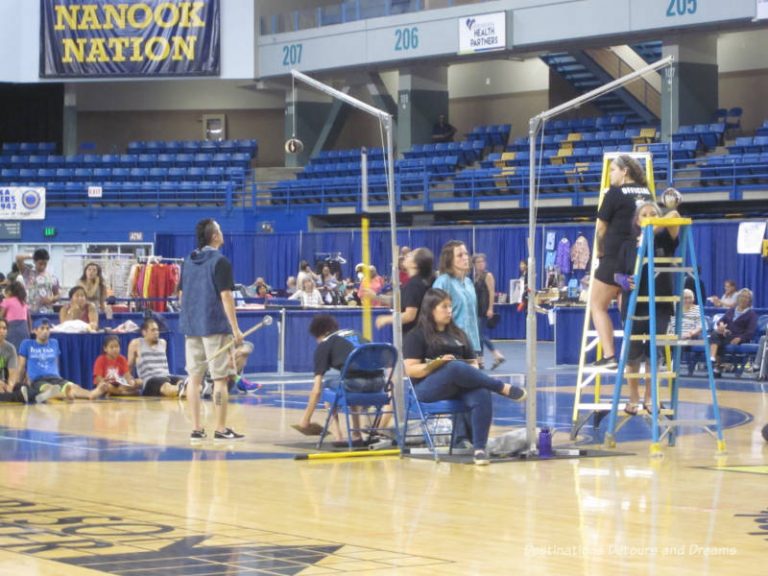
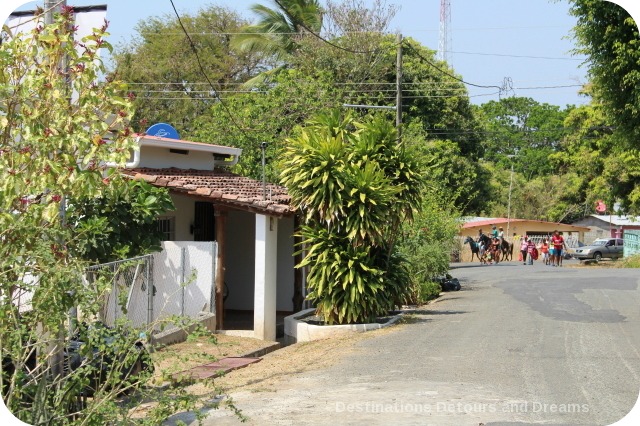
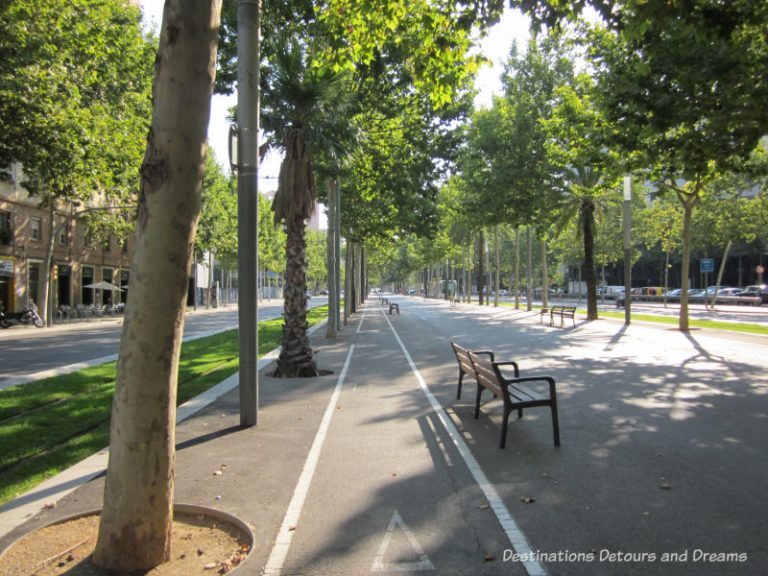
I always find public transportation quite interesting when travelling. Even without more Spanish, it sounds like you learned a lot about how the bus is used, the community of regulars etc. Along a similar vein, I was once on a subway sitting across from a couple. The woman (speaking in a language I couldn’t understand) was telling the man a very detailed, animated story of some kind. She did not stop talking the whole 15 minutes of our ride. The man simply nodded his head silently and made various facial gestures at different points (surprise, disgust, amusement). I couldn’t stop watching them and desperately wanted to know what she was saying! I love people watching on transit.
Deb, public transportation is indeed interesting when travelling. I would probably have spent my time on the subway making guesses in my head about what the woman was talking about.
It’s such a great way to get real local flavor! Wonderful idea and looks like it served you quite well!
Jacquie, using local transport certainly did give a different flavour than if we’d chosen to rent a car.
Your experiences remind me of how I love riding the local bus here in Fiji. You are always greeted with big smiles and a hearty “Bula!” The music is blaring, it costs the equivalent of .50USD and the bus is on its own timetable, stopping for everyone waiting along the road. Often we will be the only non-islanders. I like that. 🙂
Betsy, your experience on Fiji buses sounds similar to mine in Panama. Although music was rarely blaring on the small rural buses. It all depended on the driver and what he or she chose to do with music.
There is a challenge to public transportation that defies description and just like you we’ve chased buses, been disoriented in the dark by their routes and have ridden with caged chickens and been entertained by street musicians but absolutely adore the experience of riding a bus. Great post, Donna.
Thanks. We too enjoyed the experience of riding the buses despite the challenges.
I love the description of the guy with the fishing rod. My fave in Guatemala was the man who picked up at least 100 packages of toilet paper. His huge bundle completely filled the aisles and stretched to the ceiling and no-one complained a bit. You’ve really captured the spirit ( both good and bad) of riding the bus around Central America! Those little mini-vans are a real roll of the dice as sometimes they’re packed and the AC doesn’t work and other times you get a whole row to yourself with plenty of AC. Good for you for navigating your way around Pedasi so well!
I can picture the scene with the toilet paper. I would have watched with amazement what the locals didn’t think twice about. If bus is your only means of getting places you have to take some interesting things aboard. Although you have to wonder what he needed with 100 rolls of toilet paper. Was it a really good sale? Or did he only get to the store occasionally and supplied his entire family? Did he run a guesthouse?
What fun adventures you had with all these bus rides! It sounds laid back and pleasant, even given some of the distances you went.
We used buses in Wales and I loved that after a couple of days we recognized and were recognized by folks. It’s communal.
Rose Mary, it’s cool when you start to recognize people and be recognized, isn’t it?
Busses can be an adventure in Central America, but we love taking them. Great way to see and connect with the real life in a country.
Veronica, we really enjoyed the adventure of the buses.
You are quite adventurous. It was good the temperature was good enough not to need air-conditioned pubic transportation! Do they have things like tuktuk in Thailand or the jeepney in the Phiiippines for shorter routes?
Carol, there was nothing tuktuk or jeepney, although cabs were available and inexpensive. Many of the cabs were pickup trucks (with a back seat).
Well done for being so adventurous, as misadventure is often the result of local buses. But you seemed to have fun and it is a great way to flavour ‘local’. Although I’ve never taken buses in Central America, I have in India and Nepal, and they were a little hair-raising at times 😉
Johanna, although the buses were an adventure none of our rides were hair-raising. If one had been I’m not sure I would have continued to rely on the buses.
You certainly get your share of unique experiences when you travel like the locals. I bet you were just a bit shocked at the guy selling jewelry or the boy sitting on the stranger’s lap. Even though you say your Spanish is limited, I’d bet it’s pretty good seeing how much you’ve been able to travel in Panama. My biggest hesitation about travelling by bus is that I get motion sick way too easily (OK, and I know NO Spanish!).
Janice, I can understand your reluctance to use the buses if you get motion sickness. The larger buses might be better for you. The small local buses had seats in the front beside the driver which also might be a better choice for you.
Your post brings back lots of memories of riding around Panama on buses and shuttles from the Pacific to the Caribbean side and back. An excellent way to get around inexpensively and fun to watch the people too! Anita
Anita, I agree the buses are a fun way to people watch as well as an inexpensive way to get around.
Sometimes, simple is the best! And the journey to the destination so much part of the fun and a great way to connect with the locale. It sounds like a really interesting time…thanks for sharing.
Rebecca, riding the buses was interesting – we looked forward to what we’d see and experience on the ride as much as the destination.
On our last trip to Mexico (the Bajio region), we used long haul buses. I found the Mexican experiences better than those I’ve had on Greyhound in the US and the bus stations were really nice (we were going from city to city). When I studied in Bogota, Colombia in 1974, I took the public bus to school. It was always absolutely crammed by the time it reached my stop to get on. My first day, someone threw up right behind me. Fortunately, after a few weeks, my Colombian family moved further out from the city center where I could take a buseta, a mini-bus that would only pick up the number of passengers for whom it had seats. That made the 45 minute ride tolerable. The price was right—-4 cents US.
Public transportation give you such an authentic experience with the locals. If I don’t speak the language, it does make me a little nervous, but I love watching the landscape go brand really getting entrenched in the culture. Looks like your trip to Panama was all of those things and so much more.
Alison, the people were very friendly so we were able to get by with our few words of Spanish. It was authentic experience.
The buses you took in Panama sound like interesting experience. While not a big bus person, I think I could handle these.
Billie, buses can be a great way to see things when traveling.